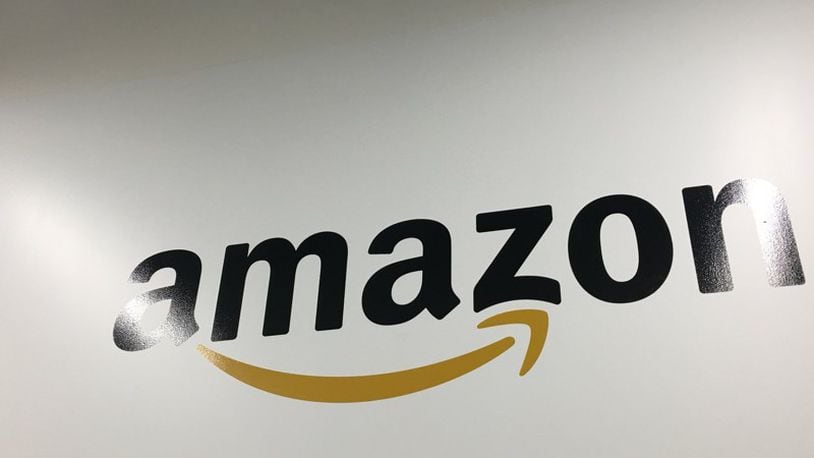» RELATED: After Amazon’s Whole Foods purchase, grocery industry braces for change
Here’s what to know about the pending deal between Amazon and Whole, and how it’ll impact local grocery shopping:
1. WHOLE FOODS ADDRESSES MERGER IN LATEST EARNINGS REPORT
Whole Foods reported its third quarter earnings late last month, with total sales increasing about 0.6 percent to a record $3.7 billion. However, comparable store sales decreased nearly 2 percent. During the earnings report, Whole Foods addressed the merger, in which Amazon.com will acquire the grocery chain for $42 per share in an all-cash transaction.
The deal still has to be approved by Whole Foods shareholders, and is also subject to regulatory approvals and other customer closing conditions, the compay said. Whole Foods and Amazon expect to close the transaction by the end of 2017.
2. AMAZON’S SALES INCREASE BY 25 PERCENT, AND THEY’RE TESTING STORE CONCEPTS
Amazon also announced its second quarter sales late last month — the online giant’s sales increased by 25 percent during the quarter to approximately $38 billion. The earnings report did not address the impact that Whole Foods will have on the business, but Amazon is already testing grocery store concepts in Seattle.
» RELATED: South Dayton suburbs see grocery competition heat up
The new concept Amazon Go will give consumers “the world’s most advanced shopping technology so you never have to wait in line,” according to the online retail giant. Some industry experts are calling the concept the future of brick-and-mortar retail.
So, how does it work? Consumers use the Amazon Go app to enter the store, take the products they want and walk out. No checkout. No lines. The store’s technology uses computer vision, sensor fusion and deep learning to automatically detect when products are taken or returned to the shelves and keep track of them in a virtual cart.
3. HOW DOES IT IMPACT LOCAL STORES?
Whole Foods officials said it’s too early to comment on how it will impact individual stores, but grocery chains are already feeling the impact of stiff competition in the grocery industry. Online grocery shopping is making major gains, according to the Food Marketing Institute’s U.S. Grocery Shopper Trends 2017 report. The number of shoppers buying some of their groceries online jumped to 11 percent in the first quarter compared to 5 percent in 2016, according to the report.
“I think Amazon is providing us with some stiff competition in this area, and other traditional online shopping,” said Kristin Mullins, president and CEO of the Ohio Grocers Association. “The grocers are really trying to move to more convenient ways to shop. They are trying to think about how consumers want to get their groceries these days, and what’s the best and most effective way for them to get it to them.”
FIVE FAST BUSINESS READS
• Centerville Cabela's offering shotgun giveaway for fall season
• Want to see the solar eclipse? Head to these 10 cities for best views
• WATCH: Here's how Amazon delivers your packages so quickly
• Graeter's introduces new ice cream, expands Chunky Chunk Hippo flavor
• 5 things to know about Dayton's first At Home store location
About the Author
